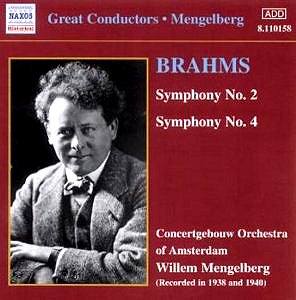 Composer: Wolfgang Amadeus Mozart
Composer: Wolfgang Amadeus Mozart
Works: Le Nozze di Figaro
Performers: Ezio Pinza (Figaro), Bidú Sayão (Susanna), Jarmila Novotna (Cherubino), John Brownlee (Il Conte Almaviva), Eleanor Steber (Il Contessa Almaviva), Salvatore Baccaloni (Dr. Bartolo), Hertza Glaz (Marcellina), Alessio de Paolis (Don Basilio), John Garris (Don Curzio), Marita Farell (Barbarina), Louis D’Angelo (Antonio), Chorus and Orchestra of the Metropolitan Opera, New York; Paul Breisach (conductor)
Recording: Live from the Metropolitan Opera, April 1943
Label: Guild Historical 2203-5
Wolfgang Amadeus Mozart’s Le Nozze di Figaro remains a touchstone of operatic literature, celebrated for its intricate interplay of social commentary and musical innovation. Premiering in 1786, the work encapsulates the tension between the classes while showcasing Mozart’s ability to blend comedy with profound emotional depth. This live recording from the Metropolitan Opera, featuring an outstanding cast, captures the essence of the piece during a turbulent historical period—the Second World War—when such performances provided a fleeting sense of normalcy and vibrancy.
The performance is anchored by Ezio Pinza’s charismatic portrayal of Figaro, whose robust bass-baritone expertly navigates the character’s wry humor and emotional depth. Pinza’s vocal color is rich, and his dramatic instincts shine in the aria “Non più andrai,” where he conveys both bravado and a tinge of melancholy. Bidú Sayão, as Susanna, offers a bright and effervescent performance, particularly in the famed Letter Duet, where her crystalline soprano entwines beautifully with Steber’s Countess. This duet, often regarded as an apex of lyrical beauty, is executed with such exquisite nuance that it stands out as a highlight of the recording.
Jarmila Novotna’s Cherubino is equally compelling, her mezzo-soprano voice imbued with youthful exuberance and tenderness. In the aria “Voi che sapete,” Novotna captures the character’s emotional turmoil with an alluring mix of innocence and longing. The ensemble work throughout is commendable, with the seamless blending of voices illustrating Mozart’s genius in character interaction. However, John Brownlee’s portrayal of Count Almaviva does not fully meet the standard set by his colleagues; while his voice possesses a pleasant timbre, his characterization lacks the necessary dramatic flair, particularly in the Act 3 aria “Vedrò, mentr’io sospiro,” where he finally reveals some vocal depth.
The technical aspects of the recording reflect the era of its production. While commendably preserved, the audio does exhibit occasional surface noise and the expected limitations of live performance from this period, including interruptions from audience applause. Notably, the applause frequently obscures Mozart’s intricate orchestration, a frustration for purists who seek a more unadulterated listening experience. The orchestra, under Paul Breisach, maintains a lively pace, though some moments feel hurried, particularly towards the end of Act Four, where the ensemble momentarily falters, hinting at the challenges of live performance.
The additional concert selections featuring Sayão and tenor Eugene Conley serve as an intriguing supplement to the main opera, showcasing Sayão’s lyrical prowess in works by Lalo and Massenet. Here, her voice possesses greater body and richness compared to her earlier performance in Figaro, demonstrating her evolution as an artist. Conley’s contributions are equally commendable, although his accent in the French repertoire raises some eyebrows.
This recording of Le Nozze di Figaro is not without its imperfections; however, the vocal achievements and the palpable energy of the live performance create an engaging experience that resonates with the listener. The historical context of the performance, combined with the stellar cast, makes it a significant addition to the catalog of Mozart’s operatic masterpieces. The collective artistry of the ensemble, particularly Pinza, Sayão, and Novotna, ultimately prevails, rendering this recording a compelling interpretation of one of opera’s most beloved works.



